Growing Investment in Biotechnology
The increasing investment in biotechnology is a crucial driver for the Exosome Therapeutics Market. Venture capital funding and government grants are being directed towards research initiatives focused on exosome therapeutics. This influx of capital is fostering innovation and accelerating the development of exosome-based therapies. Recent reports indicate that the biotechnology sector is experiencing a robust growth trajectory, with investments reaching billions annually. Such financial support is vital for advancing clinical trials and bringing novel exosome therapies to market. As the industry continues to attract funding, the potential for breakthroughs in exosome therapeutics becomes more pronounced, thereby enhancing the overall market landscape.
Increasing Prevalence of Chronic Diseases
The rising incidence of chronic diseases such as cancer, cardiovascular disorders, and neurodegenerative conditions is a pivotal driver for the Exosome Therapeutics Market. As these diseases become more prevalent, the demand for innovative therapeutic solutions intensifies. Exosomes, with their unique ability to facilitate intercellular communication and deliver therapeutic agents, are being explored as potential treatment modalities. According to recent estimates, the global burden of chronic diseases is expected to reach unprecedented levels, necessitating the development of effective therapies. This trend is likely to propel investments in exosome-based therapeutics, as researchers and pharmaceutical companies seek to harness the potential of exosomes in addressing these complex health challenges.
Regulatory Support for Advanced Therapies
Regulatory bodies are increasingly recognizing the potential of exosome-based therapies, which is positively impacting the Exosome Therapeutics Market. Initiatives aimed at expediting the approval process for advanced therapies are being implemented, thereby encouraging research and development in this field. The establishment of clear regulatory pathways for exosome therapeutics is likely to enhance investor confidence and stimulate market growth. As regulatory frameworks evolve, they are expected to facilitate the entry of innovative exosome-based products into the market, potentially leading to a more competitive landscape. This supportive regulatory environment is crucial for the successful commercialization of exosome therapeutics.
Technological Advancements in Exosome Research
Technological innovations in the field of exosome research are significantly influencing the Exosome Therapeutics Market. Enhanced isolation and characterization techniques, such as microfluidics and nanopore technology, are enabling researchers to better understand exosome biology and their therapeutic applications. These advancements facilitate the efficient extraction of exosomes from various biological fluids, thereby improving the quality and yield of exosome-based products. As a result, the market is witnessing a surge in the development of exosome-based therapeutics, with a projected growth rate of over 20% in the coming years. This technological evolution not only enhances the efficacy of exosome therapies but also broadens their applicability across various medical fields.
Rising Demand for Non-Invasive Therapeutic Solutions
The increasing demand for non-invasive therapeutic solutions is a significant driver for the Exosome Therapeutics Market. Patients and healthcare providers are increasingly favoring therapies that minimize discomfort and reduce recovery times. Exosomes, being naturally occurring vesicles, offer a non-invasive means of delivering therapeutic agents, making them an attractive option for various medical applications. This trend is particularly evident in the fields of oncology and regenerative medicine, where exosome-based therapies are being explored for their potential to enhance treatment efficacy while minimizing side effects. As awareness of the benefits of non-invasive therapies grows, the market for exosome therapeutics is expected to expand, reflecting a shift towards patient-centric treatment approaches.


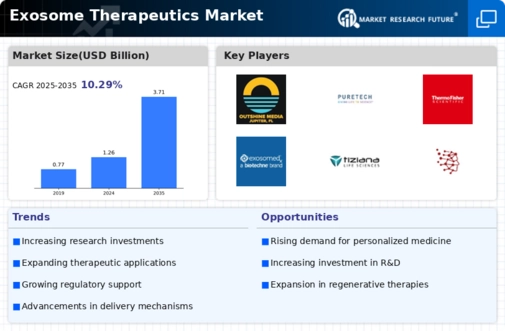
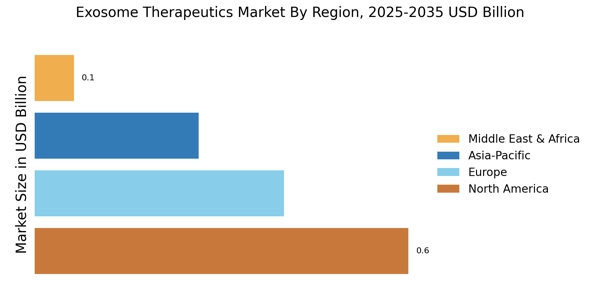

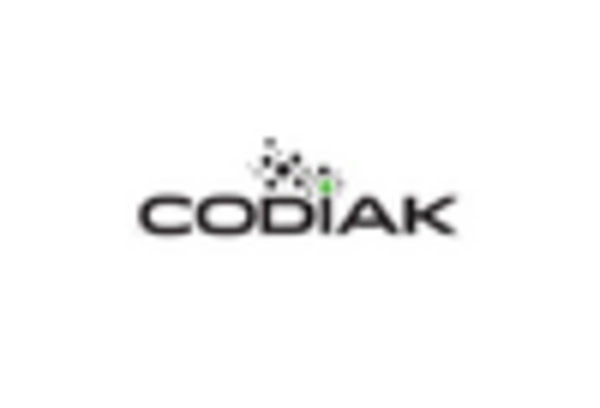

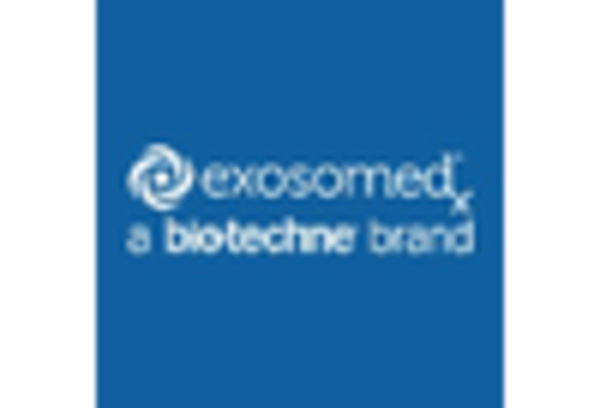
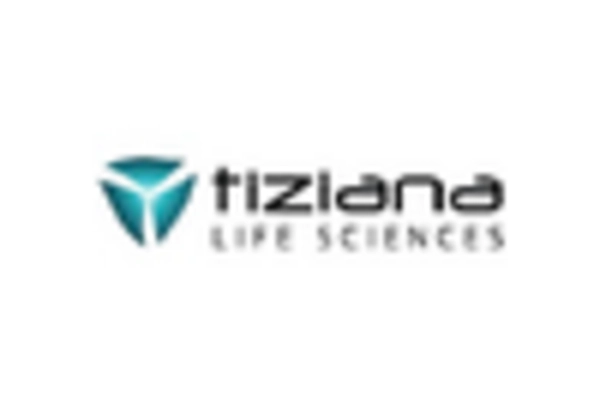








Leave a Comment